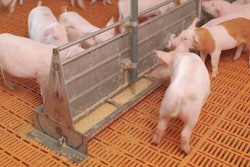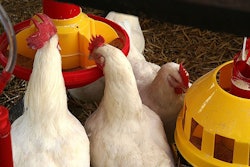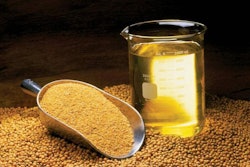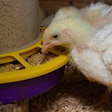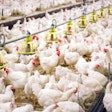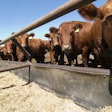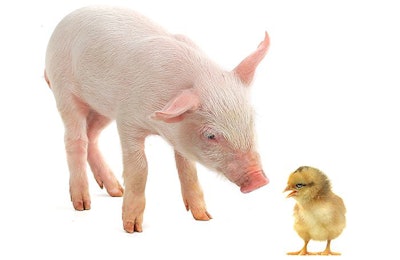
The past 30 years have created a new field of study that, once considered as a whole, can become an interesting career for young(er) nutritionists.
When I started on this profession as a nutritionist, piglet nutrition was the big problem. Broilers (and other commercial birds) just needed to be placed fast on feed (they still do), but their feed was not much different from what they were to consume later on – at least not in the scale we had to change things in pigs. And, in ruminants, the main issue was (and remains) consumption of colostrum and as little milk replacer as possible – little attention was paid to starter feed.
I am not making things light for other species, but in the 80s and 90s, piglet nutrition was dominating pig nutrition research, whereas it is only in the past decade that early broiler and calf nutrition have become of equal footing with the importance given then to piglets. I believe this is a very good development.
The main reason for young broilers not receiving the attention they deserved was that they were not marketed as early as they are today (56 plus days then versus 42 minus days today). As such, birds had some time to catch up, and the rapid genetic development of the times did not allow one to observe any slowing down from batch to batch. In calves, the reason we did not pay as much attention to their science of nutrition was because farmers paid enough attention to the practice of individual feeding. Having a small farm allows for individual calf care and feeding, so research and development at industrial scale was not required. Now that dairy (and beef) farm operations are of a much larger scale, calves no longer enjoy as much individual attention. Therefore, we need to address their problems as a population, and this requires a totally different perspective.
The advent of additives, new specialty ingredients and new feed manufacturing methods have also contributed to redefining early animal nutrition – including piglets. To all that, one must include the problems (or opportunities?) created by legislation, such as the ban on growth-promoting antibiotics that affected mostly young animals (piglets being the first to be hit). In fact, this very last aspect has enabled us to delve deep into young animal digestive physiology and develop new and much more interesting nutritional concepts. When considered at a very young age, broilers and calves do not look much different (nutritionally speaking) compared with piglets. They all suffer from similar (not same) problems, and they all benefit (albeit differently) from similar and often the same nutritional interventions.
Many nutritionists, like myself, once considered dedicated to one species are now drawn to the nutrition of all young animals because, as mentioned, the challenges and solutions are so similar – yet different in their own way – among species. It is also very interesting from an educational and academic point of view, and it makes for a more interesting professional career. Thus, I believe it will not be long before we see universities offering PhD degrees focused on young animal nutrition and not just pig, poultry, dairy, etc. nutrition as it is now the norm.

